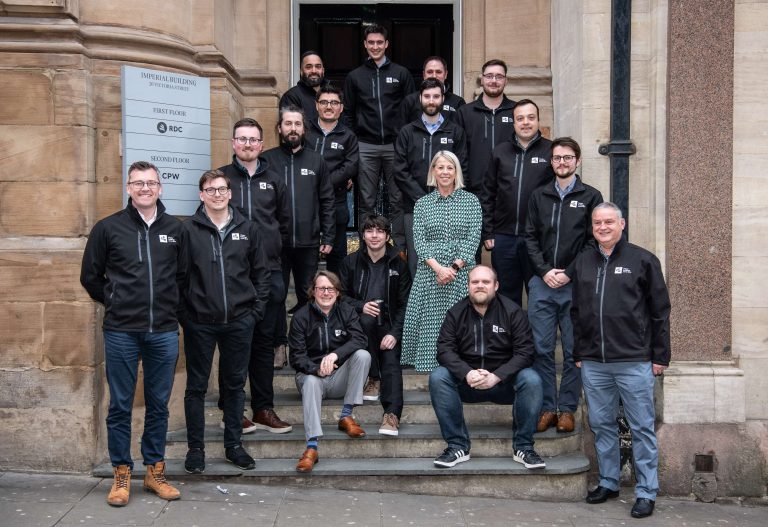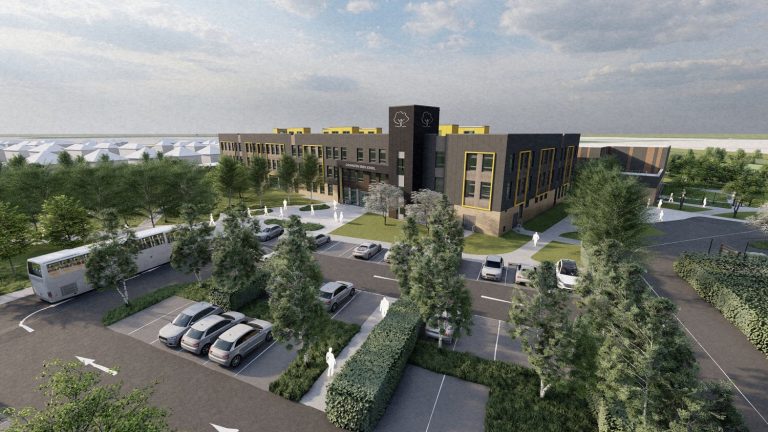LEADING sustainability and M&E firm CPW has continued its expansion in the East Midlands following the recruitment of 24 new starters. The firm’s offices in Leicester, Derby and Nottingham now boast more than 50 members of staff, which marks an increase of almost 100% in the last 12 months and the biggest headcount to date. This remarkable growth has been cemented by a brand-new 3500sq ft office space in Nottingham opening late last year as further evidence of CPW’s growth and increased presence in the region. Appointments have ranged from graduates to senior professionals, adding valuable expertise in design engineering and building information modelling (BIM) roles. Adam Harris, a newly appointed senior design engineer in CPW’s Nottingham office, said: “I’d heard great things about CPW before joining, so when I was looking for my next career move, it was an easy decision. “The inclusive culture that runs through the firm has allowed me to share ideas with others more regularly than I have experienced in previous roles, which in turn allows me to consistently upskill and work with junior members of the team, which is crucial as they are the future of our industry.” CPW is dedicated to developing young people and see it as its inherent responsibility to create professionals that will go on to shape the country’s engineering future. With a culture based on collaboration and sharing knowledge, the firm strives to not only offer an environment that nurtures growth but offer opportunity wherever possible. Alastair Hirst, a senior design engineer who started with the firm at its Nottingham office in October last year, added: “Bridging the skills gap and recruiting the next generation grows more critical each year and it’s something I personally feel passionate about. I’m therefore thrilled that my role at CPW not only allows space to grow within my own career but also gives me the opportunity to lead others and develop my team skills – in turn helping the growth of those just starting their own careers.” Carl Hubbard, director and Nottingham office co-lead at CPW, said: “Our presence within the East Midlands business community has been steadily expanding since 2003, but the additions of the last year have really accelerated our growth plans and will further solidify our presence in Derby, Leicester and Nottingham. “We’re proud of our fantastic teams across all three offices and, being at our strongest staffing levels yet is testament to the top-quality work and the strong relationships we have built with our clients. We’re therefore looking forward to seeing what 2023 has in store for us.” CPW is passionate about supporting skills, development and training, as well as nurturing young talent. With a leading apprenticeship programme that is now open for applications, CPW is proud to have more than 15% of its workforce currently part of the scheme, with a number of directors and senior team members starting their career via this route. The international consultancy has more than 250 staff based across 13 offices and works across a wide range of sectors including healthcare, residential, education and more. The firm has sustainability at its core and specialises in designing and integrating a full range of MEP solutions into existing and new buildings. Building, Design & Construction Magazine | The Choice of Industry Professionals






